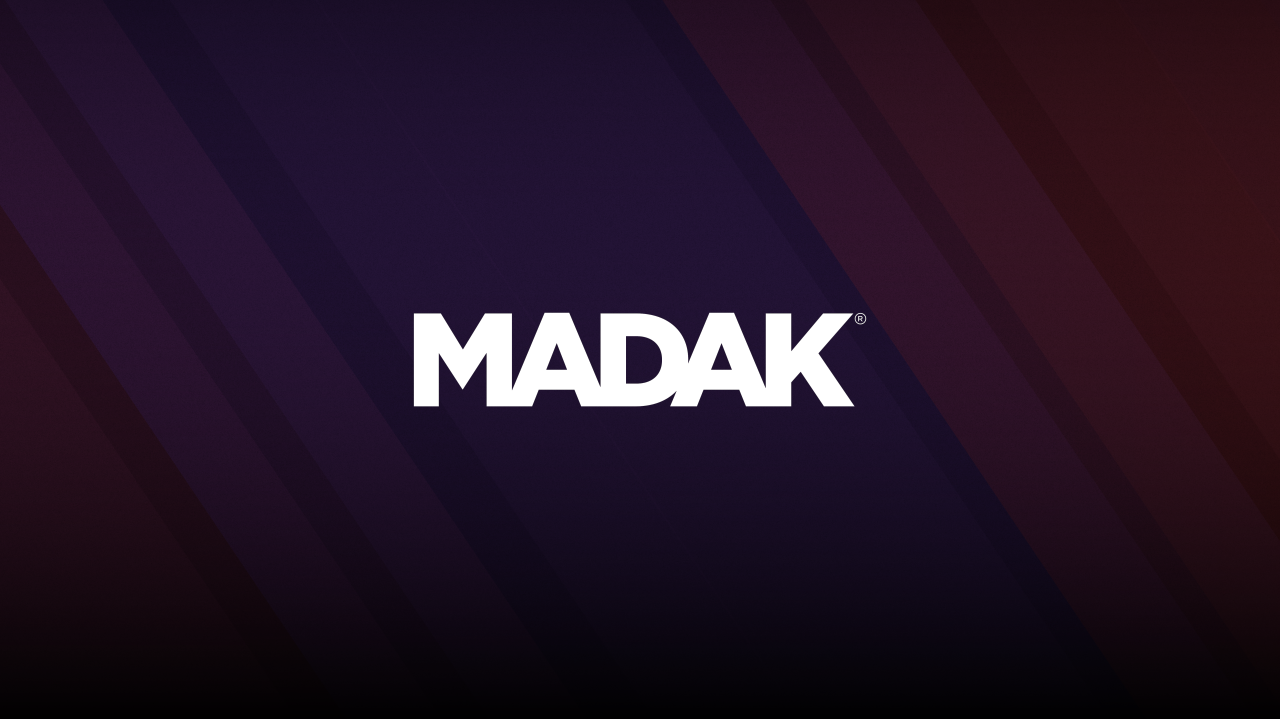Knowing how to effectively use visuals in marketing should be a priority for marketing teams everywhere. The numerous types of visuals you can use in marketing make it one of the most versatile strategies for successful campaigns.
Implementing visuals in your own company’s marketing efforts is a surefire way to draw more attention to the products and services you offer. This article will detail different visuals that your brand can use in marketing content and why these visuals are essential to marketing campaigns in general.
Photos
When you hear the term “visual marketing,” your mind may naturally go to marketing campaigns prioritizing images and photography to draw in new customers. Images act as a form of nonverbal communication, allowing you to connect with your audience on a more subconscious and implicit level.
Photos can convey a story and message to your target audience, as people have adapted to understand messages through images because of the presence of modern-day media. When done correctly, visual marketing with images will leave a lasting imprint on your audience’s minds, creating a positive association with your brand.
Additionally, MIT research suggests that people can process an image in just 16 milliseconds, meaning they make an impression on the viewer much faster than a block of text.
Videos
Using videos in marketing campaigns is a quick way to gain the average audience member’s attention. Videos are eye-catching, and if you prioritize video marketing campaigns, you can allow for a positive association with your company and form a deep connection with your audience.
Society loves to learn visually, and videos are no exception. Marketing teams can use videos in many ways, such as displaying the best ways to use your product to your target audience or introducing the variety of products your brand offers.
If you prioritize video marketing for your visual marketing strategies, include eye-catching content straight away. There is a lot of debate about the length of the human attention span, but one thing is for sure—if the beginning of your video does not instantly engage people, then your campaign will likely not achieve the level of success you’re hoping for.
Infographics
Infographics are effective for brands looking to share quick data and statistics with their target audience. If you want to share critical insights about your brand or industry with your target audience, then an infographic with impressive statistics may be the way to go.
If you include an infographic in your visual marketing campaign, keep everything neat, simple, and aesthetically pleasing. Though including positive statistics can improve your trustworthiness as a brand, your audience will get lost if your infographic contains an overabundance of numbers or has a confusing structure.
Data Visualization
Data visualization is somewhat similar to infographics; however, the visual presentation differentiates the two. Whereas an infographic often provides audiences with a few insights to improve comprehension and encourage trust, data visualization often focuses on one key finding or metric.
Visuals created to help people visualize data may come in many forms, such as charts, plots, pie graphs, dot graphs, line graphs, bar graphs, and so on. Infographics may also contain more text than something created for data visualization, as they are often used as a summary of important points instead of a medium just for sharing data.
User-Generated Content
Incorporating user-generated content into your visual marketing campaign is another way of connecting with your target audience. When utilizing user-generated content, a brand typically looks for relevant content from someone posting about the brand’s products and services.
User-generated content is not paid for; it results from the voluntary action of someone using your brand and discussing it on a visible platform. User-generated content may integrate other mediums like images and videos to promote your brand.
Animation
While videos are an effective marketing tool, using other dynamic visual content—like animation—is a clever way of drawing an audience to your brand. For example, many brands convert animated videos into GIFs to connect with their target audience, or they make animated videos that help consumers understand a particular topic.
Because of the popularity of animations like GIFs, creating marketing content in this form can make your brand more visible and relatable to your target audience. There are so many different ways to tie animation into your visual content creation, including fun how-to videos, animated company logos, animated videos meant for entertainment, and much more.
Interactive Media
Allowing users to interact with your brand is one of the best ways to increase engagement and drive traffic to your company. Interactive media instantly draws people’s attention, as it requires their input for them to move forward.
Interactive media uses mediums such as audio, film, sound, graphics, etc., to allow users to engage with the content they are seeing, thereby engaging with your brand. You can think of interactive media as something that requires the user’s participation.
Final Words
Visuals are undoubtedly crucial to any successful marketing campaign. If you’re a marketer struggling to determine how to best use visuals, the experts at Madak can help you create a high-quality, effective visual campaign that drives traffic and boosts lead generation. Connect and chat with the team at Madak to get started!


.png)






